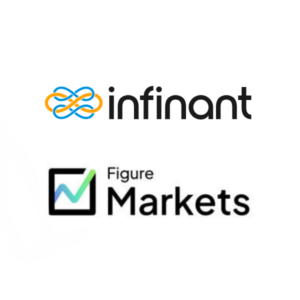 Living in an unjust world, there have always been the educational ‘have’ and ‘have-nots’. As we start to knock down one barrier to education equality, another barrier springs up and creates another divide, potentially larger and harder to bridge than its predecessor. Just as educational crusaders celebrate the accomplishments made in closing the literacy gap, the cost of education begins to rise making a college education more and more unobtainable. However in the whack-a-mole game of education equality, one emerging divide is growing faster than most before it – the digital divide.
Living in an unjust world, there have always been the educational ‘have’ and ‘have-nots’. As we start to knock down one barrier to education equality, another barrier springs up and creates another divide, potentially larger and harder to bridge than its predecessor. Just as educational crusaders celebrate the accomplishments made in closing the literacy gap, the cost of education begins to rise making a college education more and more unobtainable. However in the whack-a-mole game of education equality, one emerging divide is growing faster than most before it – the digital divide.
We live in the golden age of information-accessibility: 60 hours of videos are uploaded to YouTube every minute, 119 million tweets are sent a day, and 30 billion pieces of content are shared each month on Facebook. More information is accessible today than anyother time in history, but not to those without to access to the Internet.
Coined in the early nineties, the term ‘digital divide’ refers to the growing inequality of Internet access between socioeconomic groups and different demographic levels. As the wealth of online knowledge doubles and triples at rates that could make a head spin, the digital ‘have nots’ are left farther and farther behind. With the emergence of every online job posting, wikipedia page, every free online course, the digital division grows wider. Even in one its earliest discussions, the Commerce Department noted the weighty implications of digital inequality when it published its paper “Digital Divide,” in 1995.
“While a standard telephone line can be an individual’s pathway to the riches of the Information Age, ” the report said. “A personal computer and modem are rapidly becoming the keys to the vault.”
The digital divide does not just address economic and ethnic factors. With some rural areas having little or no access to Internet connectivity, geography plays a huge part in which side of the digital divide you find yourself . As the New York Times put it,
“If you were white, middle-class and urban, the Internet was opening untold doors of information and opportunity. If you were poor, rural or a member of a minority group, you were fast being left behind.”
In the last decade, technology has become more advanced, connections become faster and prices become cheaper. Unfortunately as you can see from the below infographic from onlineITdegree.net, that doesn’t mean the doors of access have flung open.
Some statistics worth noting:
- 46% of the poorest households do not own a personal computer, while only 4% of the wealthiest households go without one.
- 1000,000,000 US homes are without access to high-speed broadband access
- Hispanic and African Americans are still less likely to have access to home Internet than are Caucasian Americans.
- 1 in 10 Americans have no access to broadband at all.
- Also interesting is the price disparity between technologies in the US and other places in the world; fiber optic costing 6x more in the US than in Hong Kong.







